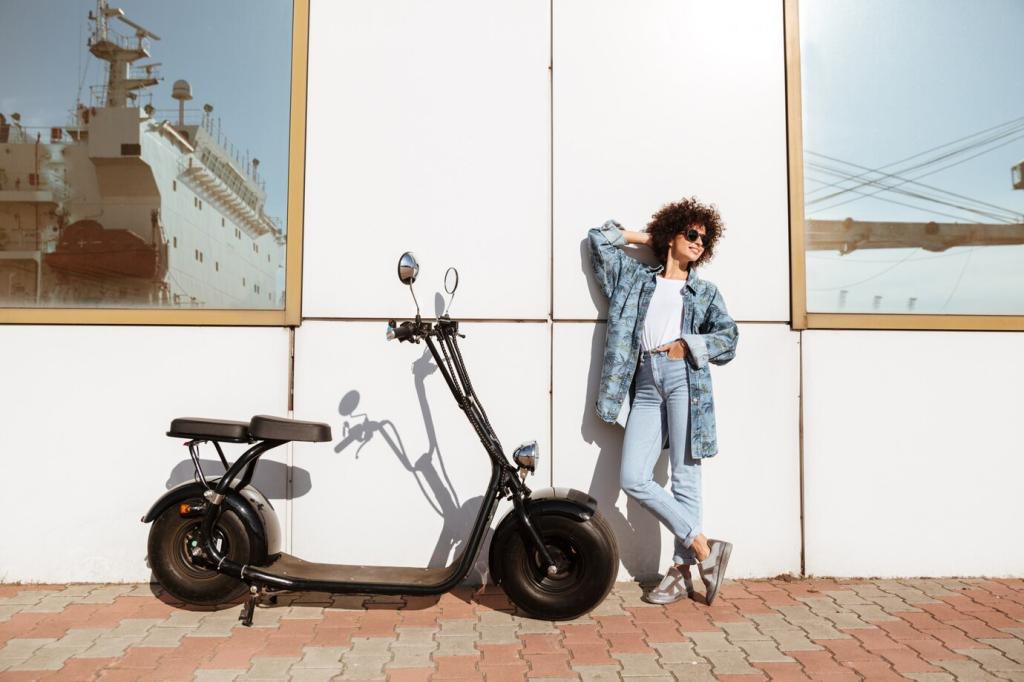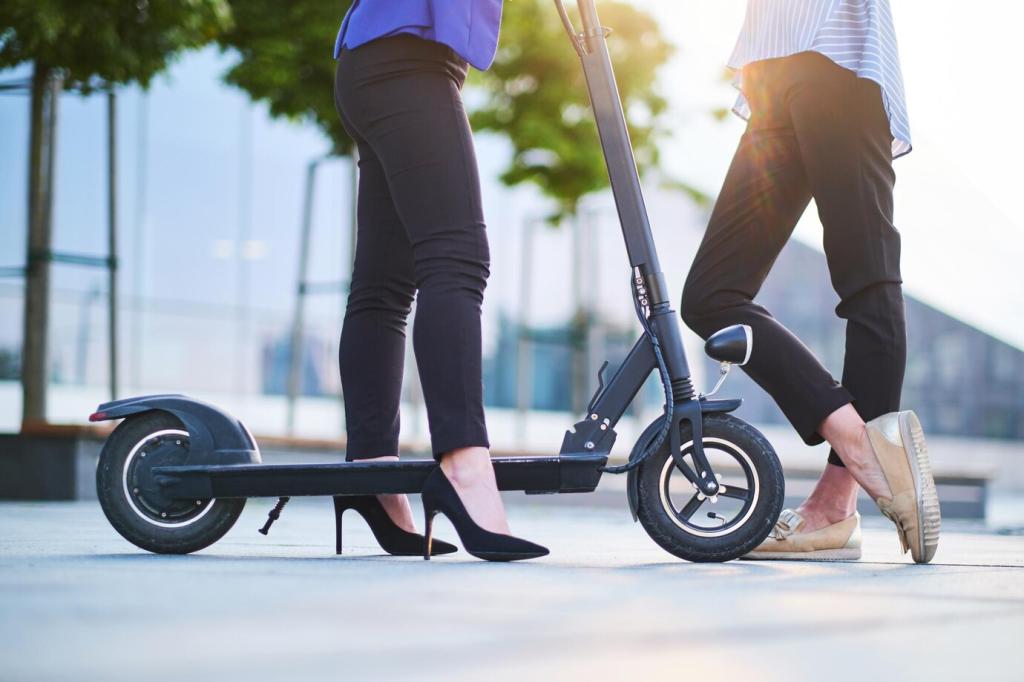Manufacturing Smarter: Energy and Process Choices
Aluminum extrusions and hydroforming yield near-net shapes, cutting machining scrap and cycle time. Specify billets with high recycled content and redesign joints to reduce weld length. Combined, these steps lower embodied carbon while improving consistency. If you’re debating tooling investments, ask and we’ll model payback scenarios using your volume assumptions.
Manufacturing Smarter: Energy and Process Choices
Durable powder coatings—ideally TGIC-free, low-cure formulations—deliver protection with minimal VOCs. Pair with e-coat primers for corrosion resistance in coastal cities. Choose water-borne adhesives and avoid halogenated flame retardants when standards allow. Post your most demanding salt-spray targets, and we’ll propose finish stacks that meet them cleanly.






